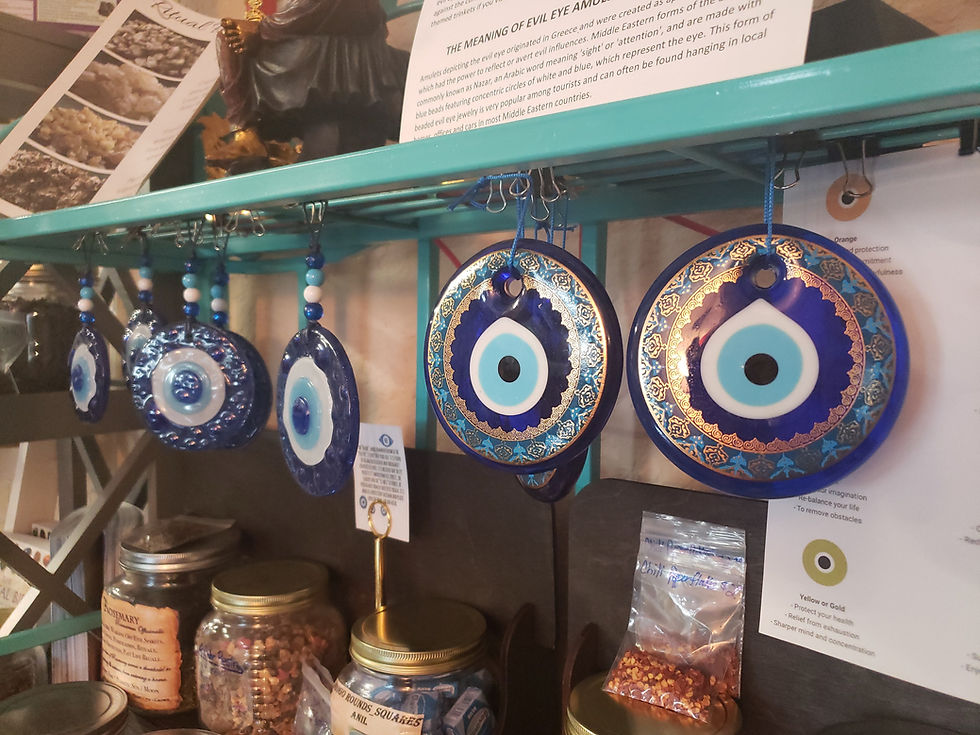Brief History And The Meaning Of The Turkish Evil Eye
Although the meaning of the evil eye varies between cultures and eras, across Europe and the Middle East, people have found talismans and amulets to ward off it as far back as the first century BC. As a class, these objects are known as apotropaic amulets (Greek: "turn away").
The most common of these are blue and white concentric circular discs or beads (usually center-out, dark blue, light blue, white and dark blue), representing a evil eye. Fighting fire with fire seems to be logical. This type of talisman is called a nazar in Turkish. In Turkey, you will see spokes on houses, in cars, painted on fishing boats and worn like pearls.
In Spanish culture, the meaning of the evil eye is mal de ojo; in Brazil it is malolhado; in India it is nazar.
Over time, the charm will wear out and crack. That is not a bad omen. This means the beads have done their job and you are safe. As soon as the pearl is broken, one has to get another one to replace it and keep it guarded to make sure the evil spirits don't return.
Protecting Yourself Against The Evil Eye
To ward off the evil eye, the Turkish people created the Nazar Boncuk Amulet, or the Evil Eye of the Turks. The purpose of the amulet is to ward off evil spirits and protect you from harm. So it's not for luck; It's all about protection.
People started hanging amulets on almost everything, from their pets to their children. It is also a common practice to carry them around and place them around the house.
- What is the purpose of this evil eye bead?
- Gifts For Newborn Babies
- Hidden On Clothing To Ward Off Evil
- Jewelry
- Wall/Home Decoration





